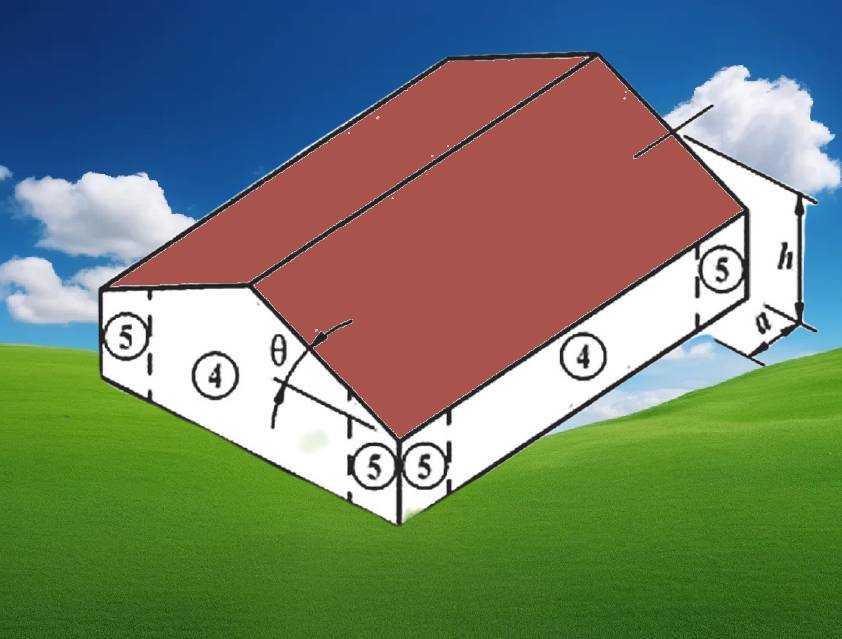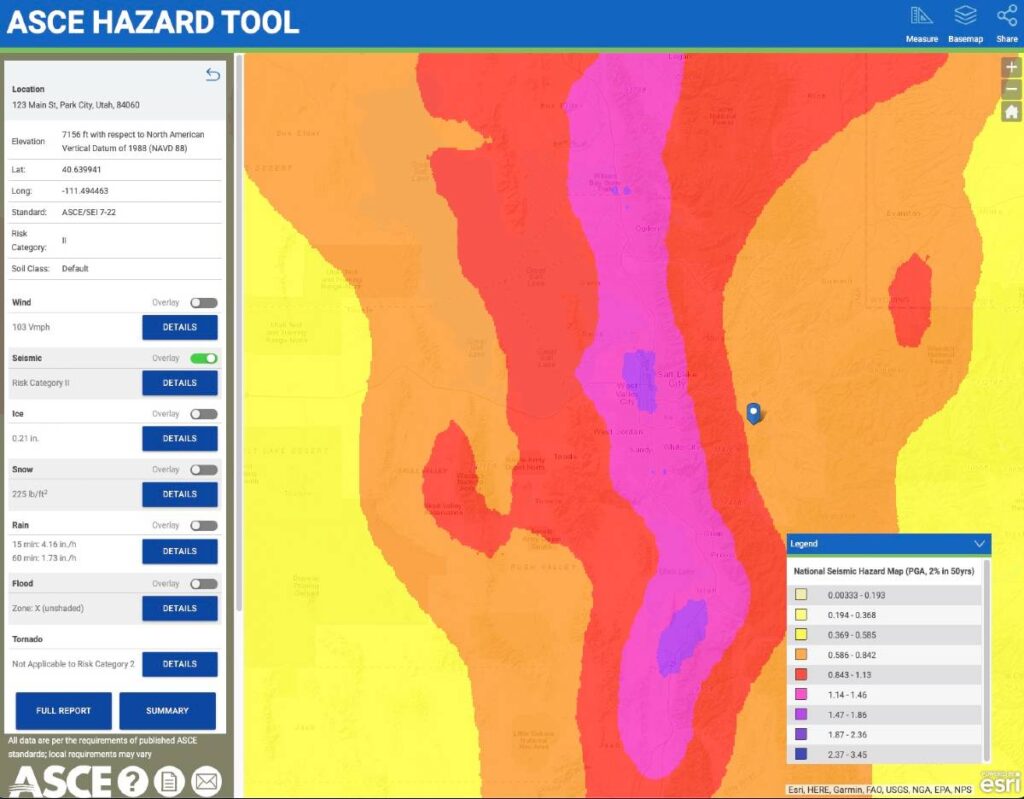What wind speed should I use for my project?
To determine the wind speed to use for your project, visit the ASCE Hazard Tool. This tool allows input of a project address and also returns flood, snow, ice & seismic information. Additional notes: There are several ‘risk categories’ associated with a location that determine what wind speed to use. A building that’s a risk …


